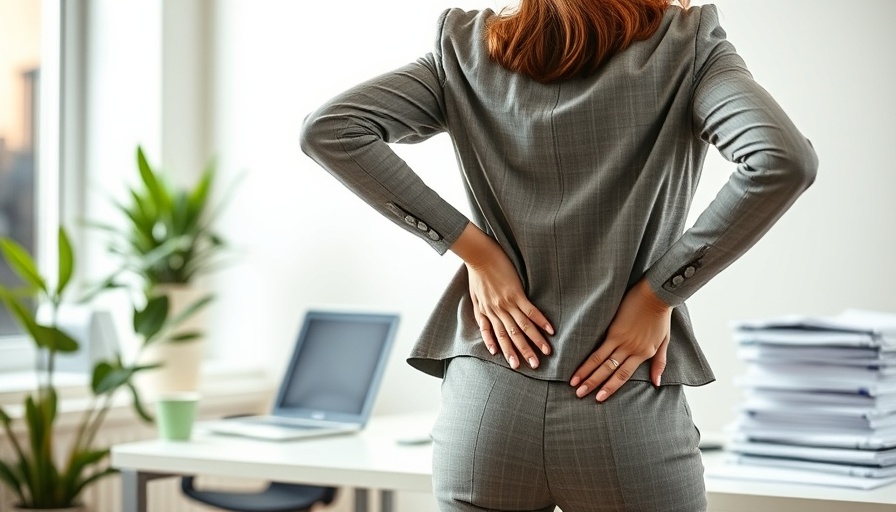
Understanding Herniated Discs and Their Impact on Your Work Life
For those of us who dedicate hours at a desk, the physical toll can be significant. Herniated discs are a common issue, especially among office workers and remote professionals. This occurs when the soft cushion between our spinal vertebrae slips or bulges, pressing on surrounding nerves. The result? Pain, discomfort, and potentially debilitating consequences.
Sitting in poor posture exacerbates the symptoms of a herniated disc. It leads to increased pressure on the spine and can slow down recovery. But how can desk workers manage these issues effectively? The answer lies in understanding ergonomic solutions and making adjustments to our daily routines.
Effective Ergonomic Solutions for Desk Workers
Implementing ergonomic solutions can significantly reduce discomfort and promote spinal health. Here are some tried-and-tested strategies that can make a real difference in everyday comfort:
1. Memory Foam Seat Cushions and Lumbar Support
Investing in a high-quality memory foam seat cushion can relieve pressure on the tailbone and promote natural spinal alignment. Pair it with a lumbar support pillow that maintains the natural curve of your lower back, and you’ve taken a big step towards preventing strain.
2. Optimizing Your Desk Setup
Creating a desk environment that encourages healthy posture is essential. Your chair should be adjustable and firm. Ensure your monitor is at eye level and your keyboard/mouse are positioned so your elbows remain at a comfortable 90-degree angle. Make sure your feet are flat on the ground to promote stability.
Movement Breaks: The 30–30 Rule
Even the best ergonomic setup can't replace the need for movement. The 30–30 rule is simple yet effective: every 30 minutes, take 30 seconds to stretch, move, or walk around. This practice can enhance circulation and relieve pressure on the spine. Incorporating simple stretches into this break can further improve flexibility and reduce discomfort.
Desk-Friendly Stretches to Promote Relief
Incorporating stretches into your daily routine can be incredibly beneficial. Here are a few easy movements that can help alleviate tension:
- Seated Knee-to-Chest Stretch: Gently pull one knee towards your chest while seated to loosen tightness in the lower back.
- Spinal Twists: While seated, twist gently to each side. This movement can relieve built-up pressure.
- Cat-Cow Motion: Use a seated variation of this exercise to mobilize your spine and relieve tension.
Signs That Your Back Needs Attention
Sometimes, signs of discomfort are easy to overlook. Pay close attention to symptoms such as radiating pain down your leg or constant tightness in your back. These can all indicate that your herniated disc might be requiring more than just ergonomic adjustments.
Preventing Future Discomfort
Understanding the causes of herniated discs and implementing preventative strategies can substantially enhance your quality of life. Maintain an awareness of your posture, invest in supportive seating, and take regular breaks to stretch. By making these small changes, you can foster a healthier workspace.
As a community of desk workers and remote professionals, it is vital to support each other through shared experiences and effective practices. Whether through physical adjustments or lifestyle choices, everyone deserves to work pain-free.
Make the Change Today
At the core, taking proactive steps toward better spinal health is a journey worth starting. Whether it's acquiring a memory foam cushion or committing to sustained movement throughout your work hours, small adjustments lead to significant improvements in overall well-being.
 Add Row
Add Row  Add
Add 




Write A Comment